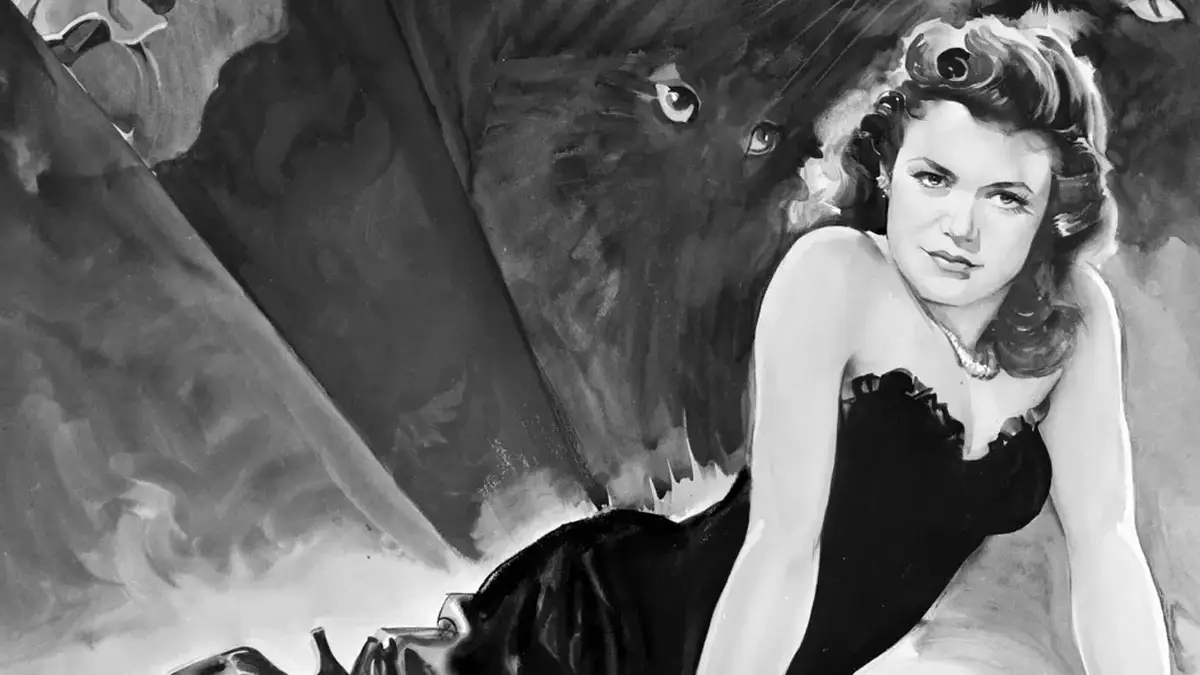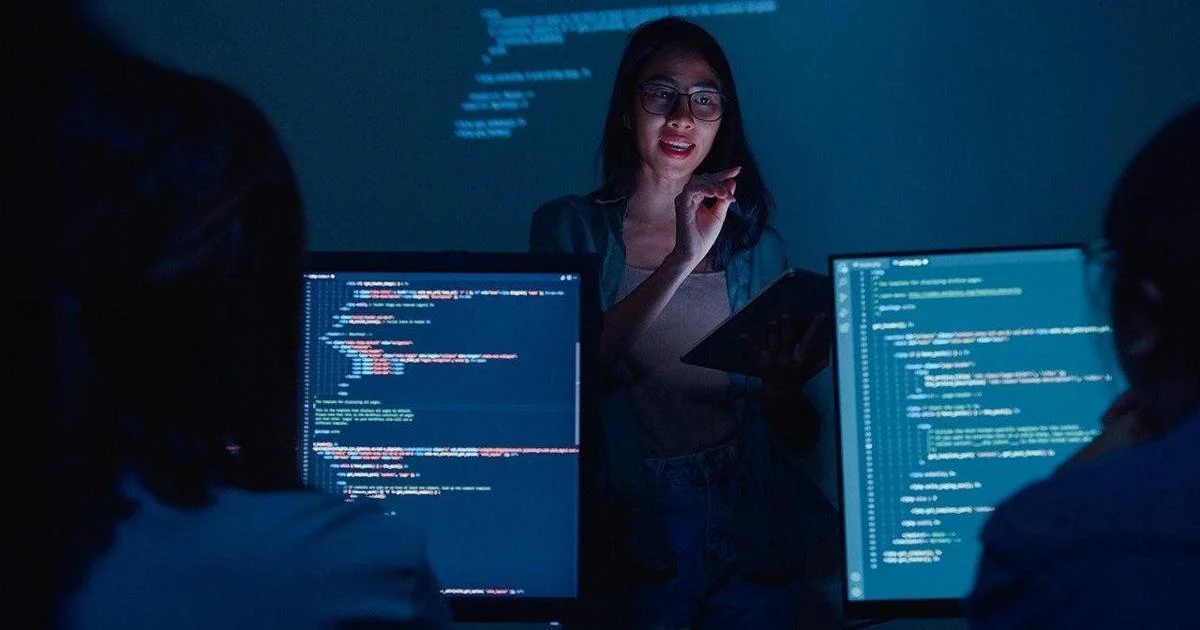Copyright Screen Rant

The effectiveness of jump scares in a horror movie relies on many factors, especially atmosphere. Just shoving a shocking image in the face of the viewers might terrify them for a moment, but it won't make a lasting impression. The best horror movies with jump scares that use the tool to scare viewers add contextual meaning to the jump scares. Jump scares are the easiest means to frighten audiences, because they're mostly unpredictable and elicit an immediate reaction. The best horror movie jump scares of all time are set up by ensuring viewers are unsuspecting when they occur, which makes misdirection the strongest directorial tool in horror. Many horror movie jump scares fall flat, though, if they don't show any restraint. The strength of a good jump scare is its timelessness. Irrespective of how much technology has advanced over the past few decades and changed the visual grammar of horror, the most effective jump scares from the classic era of horror in Hollywood are still effective today. Cat People Uses Shadows For Scares Jacques Tourneur's 1942 movie Cat People features the finest use of a kind of jump scare we unfortunately don't see in horror movies as much anymore. Much like most of its black and white contemporaries, Cat People also uses sprawling shadows and sinister silhouettes to scare viewers. Few other movies have used the technique as effectively as Cat People, though. What makes Cat People's jump scares so unique is that they occur off-screen. The actual horror is kept out of the audience's eyesight, and viewers instead get to watch the characters react to the horrifying occurrences. This indirect jump scare tactic is surprisingly effective, as the characters consistently remain our points of reference, and we experience the horror through them. Using shadows and silhouettes, glimpses of the actual horror are made visible for viewers. However, these are less impactful than the scenes of characters reacting to the horror. The scene where a woman escapes from an invisible pursuer who we don't see demonstrates how this technique can scare you by putting you beside the woman frantically looking back and running. The reason the off-screen jump scares are so effective in Cat People is its focus on the atmosphere. An air of mistrust hangs over every frame of this black-and-white classic that still holds up today, which doesn't let you believe what you're seeing. This creates an atmosphere of secrecy and deceitfulness where the jump scares are terrifying even when invisible. Cat People's Atmosphere Complements Its Themes Cat People tells the story of Irena Dubrovna (Simone Simon), a Siberian woman who believes that she has descended from cat people in her village and will turn into a panther if she experiences arousal. Her husband, Oliver Reed (Kent Smith), on the advice of his friend, Alice Moore (Jane Randolph), sends her to psychiatrist Dr. Louis Judd (Tom Conway). Dr. Judd is dismissive of Irena's belief in the myth, claiming she's traumatized by her childhood. Meanwhile, Irena gets jealous of Alice when she learns how much Oliver confides in her. There is also the possibility of a queer reading of Irena and Alice's dynamic. So, the film deals with themes of sexual repression, jealousy, illicit desires, and supernatural evil. The haunting atmosphere of suspicion, where you can't trust your own senses, thus reflects the themes of the movie. There's a sense of a hidden terror waiting to pounce when you turn your back to it, which makes the movie's atmosphere as scary as the horror itself. It also suits the restrained visuals, as deceit is part of the atmosphere. Actual Jump Scares Would Hurt The Film's Fear Factor Desensitization and normalization through exposure have changed how we perceive violence, gore, and horror as a genre itself. Cat People demonstrates how restraint often creates better horror narratives. Not being able to see the horror with your own eyes, but experiencing it indirectly, makes it more unnerving. The idea is for you become convinced of the existence of sinister forces. If every horrifying moment was depicted in clear view, then the atmosphere of mistrust wouldn't be as palpable. You'd still be shocked and nervous about what follows, but you'd not generally be terrified of the film's world, since you'd know how things work. Keeping the jump scares off-screen keeps viewers unsettled, as they can't predict when something's about to happen. Subtlety Is A Lost Art In The Era Of CGI In today's world of advanced CGI, where everything is possible to visualize and present on a movie screen, we've come to expect extremely gory and nasty visuals from violent horror movies. Atmospheric horror films are still popular, but they either simply have a more surrealistic approach to storytelling or use the atmosphere to build up to a shocking jump scare.



